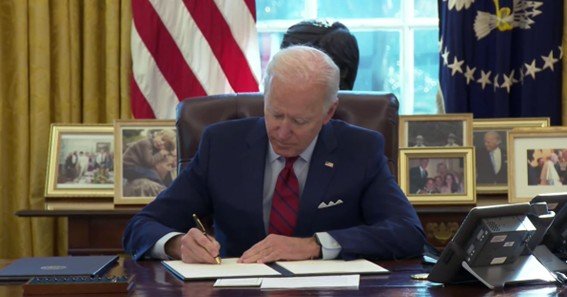On January 20, 2025, President Donald Trump signed an executive order titled “Ending Radical and Wasteful Government DEI Programs and Preferencing,” which effectively rescinded Executive Order 13985. This action marked a significant shift in federal policy concerning diversity, equity, and inclusion (DEI) initiatives.
Introduction
Executive Order 13985, titled “Advancing Racial Equity and Support for Underserved Communities Through the Federal Government,” was initially signed by President Joe Biden on January 20, 2021. This order aimed to promote equity for all, particularly addressing systemic racism and supporting underserved communities.
However, on January 20, 2025, President Donald Trump issued a new executive order that rescinded EO 13985, signaling a substantial change in the federal government’s approach to DEI programs.
Background of Executive Order 13985
EO 13985 was designed to address entrenched disparities in laws and public policies that have historically denied equal opportunity to many individuals and communities.
The order mandated a comprehensive approach to advancing equity, including the establishment of an Interagency Working Group on Equitable Data to collect data necessary for promoting equity. Federal agencies were directed to assess and address systemic barriers in their policies and programs.
The Rescission of EO 13985
Upon assuming office on January 20, 2025, President Trump signed the executive order “Ending Radical and Wasteful Government DEI Programs and Preferencing.” This order terminated all DEI and “environmental justice” offices and positions, including “Chief Diversity Officer” roles and “Equity Action Plans.”
It also eliminated DEI-related grants, contracts, and performance requirements for employees, contractors, or grantees. The directive called for the Director of the Office of Management and Budget (OMB), assisted by the Attorney General and the Director of the Office of Personnel Management (OPM), to coordinate the termination of these programs within sixty days.
Implications of the Rescission
The rescission of EO 13985 represents a significant policy reversal concerning federal DEI initiatives. Proponents of the rescission argue that it eliminates programs they view as discriminatory and wasteful, promoting a merit-based system that rewards individual initiative and performance.
Critics, however, contend that this move dismantles essential efforts to address systemic inequities and support underserved communities, potentially exacerbating existing disparities.
Future Outlook
The rescission of EO 13985 underscores the evolving nature of federal policies on diversity, equity, and inclusion. As the political landscape changes, so too do the approaches to addressing systemic inequities within federal programs and policies.
It remains to be seen how these changes will impact underserved communities and the broader goals of equity and inclusion in the United States.
FAQ
-
What was the purpose of Executive Order 13985?
- EO 13985 aimed to advance racial equity and support for underserved communities through comprehensive federal government initiatives.
-
Why was EO 13985 rescinded?
- The rescission was part of a broader effort by the Trump administration to eliminate DEI programs deemed discriminatory and wasteful, promoting a focus on individual merit.
-
What are the immediate effects of the rescission?
- The immediate effects include the termination of DEI-related offices, positions, action plans, grants, contracts, and performance requirements within the federal government.
-
How might the rescission impact underserved communities?
- Critics argue that the rescission could remove essential support structures aimed at addressing systemic inequities, potentially worsening disparities for underserved communities.
-
What does this mean for the future of DEI initiatives in the federal government?
- The future of DEI initiatives will depend on subsequent administrative actions and policies, reflecting the priorities of future leadership and the evolving political climate.










